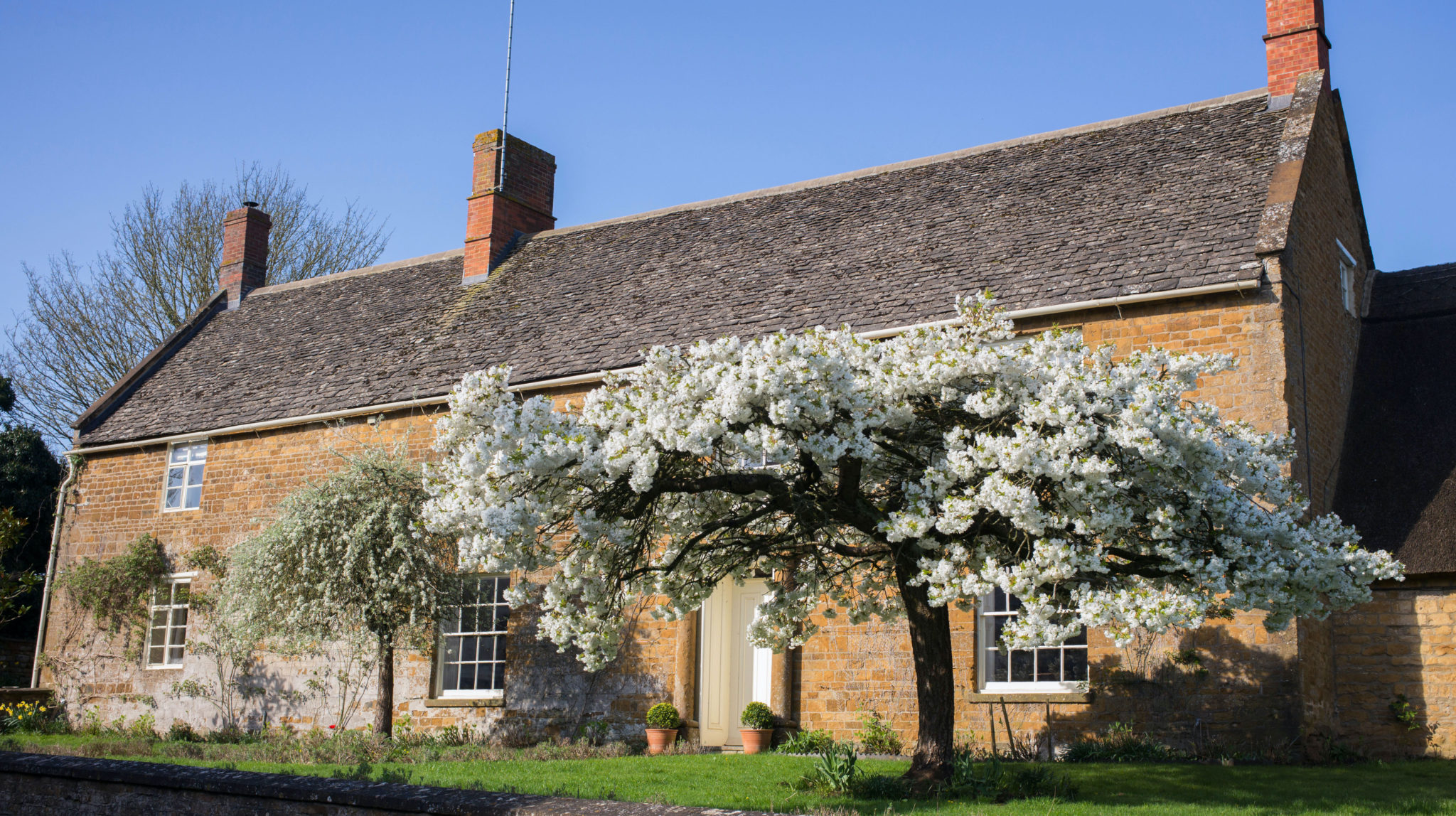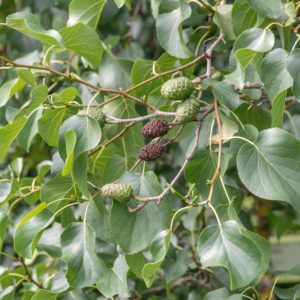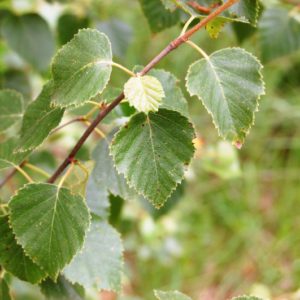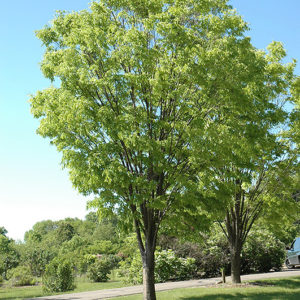Prunus Tai-Haku
Price range: €180.00 through €650.00
Frequently Bought Together




Description
Quick Facts
- Common Name: Great White Cherry, Tai Haku Cherry
- Botanical Name: Prunus ‘Tai Haku’
- Plant Type: Deciduous tree
- Mature Height: 8-12m
- Mature Spread: 8-10m
- Flowering Period: April
- Flower Colour: Pure white, single blooms
- Foliage: Bronze-red emerging leaves turning dark green, then orange-red in autumn
- Hardiness: RHS H6 (hardy)
- Soil Requirements: Moist, well-drained, fertile
- Aspect: Full sun to partial shade
- Maintenance: Low
Description
Discover the breathtaking beauty of Prunus ‘Tai Haku’, the legendary Great White Cherry that brings unparalleled spring drama and elegance to Irish gardens with the largest and most spectacular white blossoms of any flowering cherry. This magnificent ornamental tree offers a truly unforgettable display—pure white flowers up to 6cm across that seem to float like clouds against emerging bronze-red foliage, creating one of the most stunning seasonal spectacles in the gardening world and transforming ordinary landscapes into enchanted spring sanctuaries.
In mid-spring, this captivating tree becomes completely adorned with abundant clusters of enormous single white flowers, each bloom showcasing delicate petals surrounding golden stamens that create an almost luminous effect. The dramatic contrast between the pure white blossoms and the coppery-bronze young leaves creates an unforgettable display that captures hearts and stops traffic. As spring progresses, the foliage matures to rich dark green, providing elegant presence throughout summer, before transforming into warm shades of orange and red in autumn. The attractive mahogany-brown bark with horizontal lenticels adds winter interest and year-round beauty.
Named ‘Tai Haku’ meaning “Great White” in Japanese, this remarkable cultivar has a fascinating history—thought extinct in Japan until rediscovered in an English garden in the 1920s and reintroduced to its homeland. Perfectly suited to Irish conditions, this vigorous yet manageable cherry thrives in our temperate climate, tolerating our changeable spring weather whilst delivering reliable spectacular blooms. The spreading, rounded canopy creates graceful architectural presence without overwhelming medium-sized gardens.
Create stunning spring compositions by planting as specimen trees in lawns where their magnificent blooms can be fully appreciated, or arrange in small groups for breathtaking blossom clouds. Magnificent in avenue plantings for grand approaches, in mixed borders as focal points, or underplanted with spring bulbs, bluebells, and forget-me-nots that echo the white and blue spring palette. This legendary beauty will bring timeless elegance, unforgettable spring drama, and year-round interest to your garden.
Caragh Garden Notebook
Planting: Space trees 8-10m apart for groupings, or allow 10-12m for specimen planting. Plant bare-root trees from November to March, or container-grown specimens year-round (though autumn or early spring is ideal). Dig holes twice the width of the root ball and incorporate well-rotted compost or manure. Plant at the same depth as the nursery soil mark. Stake for the first 2-3 years using a single angled stake. Water thoroughly and mulch around the base.
Soil Preparation: Thrives in moist, well-drained, fertile soil with pH 6.0-7.5. Prefers deep, moisture-retentive loam enriched with organic matter. Avoid waterlogged sites, very dry shallow soils, and extremely alkaline conditions. Incorporate generous amounts of well-rotted compost or manure to improve soil structure and fertility. Benefits from shelter from strong winds which can damage delicate blossoms.
Container Growing: Not suitable for long-term container growing due to size and vigorous root system. Young specimens can be grown temporarily in very large containers (minimum 80cm diameter) using soil-based compost enriched with organic matter, but should be planted out within 2-3 years for best long-term health and spectacular flowering displays.
Seasonal Care: Requires minimal pruning—only remove dead, damaged, or crossing branches immediately after flowering in late spring or early summer. Never prune in winter or autumn as cherries are susceptible to silver leaf disease and bacterial canker through pruning wounds. Apply slow-release balanced fertiliser in early spring. Mulch annually with well-rotted compost or manure to retain moisture and improve soil fertility. Water during prolonged dry spells, especially when establishing and during bud formation.
Propagation: Propagate by grafting onto Prunus rootstock in late winter (specialist technique requiring experience). Cuttings are difficult and unreliable. Seed-grown plants will not come true to type and may take 10+ years to flower. Most gardeners prefer to purchase nursery-grown grafted specimens for guaranteed quality, true-to-type characteristics, and earlier flowering.
This legendary beauty will bring such unforgettable spring drama and timeless elegance to any garden! Perfect for creating those breathtaking seasonal displays that make Irish gardens truly spectacular, with those enormous pure white blossoms creating clouds of beauty against bronze foliage. A true showstopper that delivers year after year—absolutely worth the space for that magnificent spring performance!






